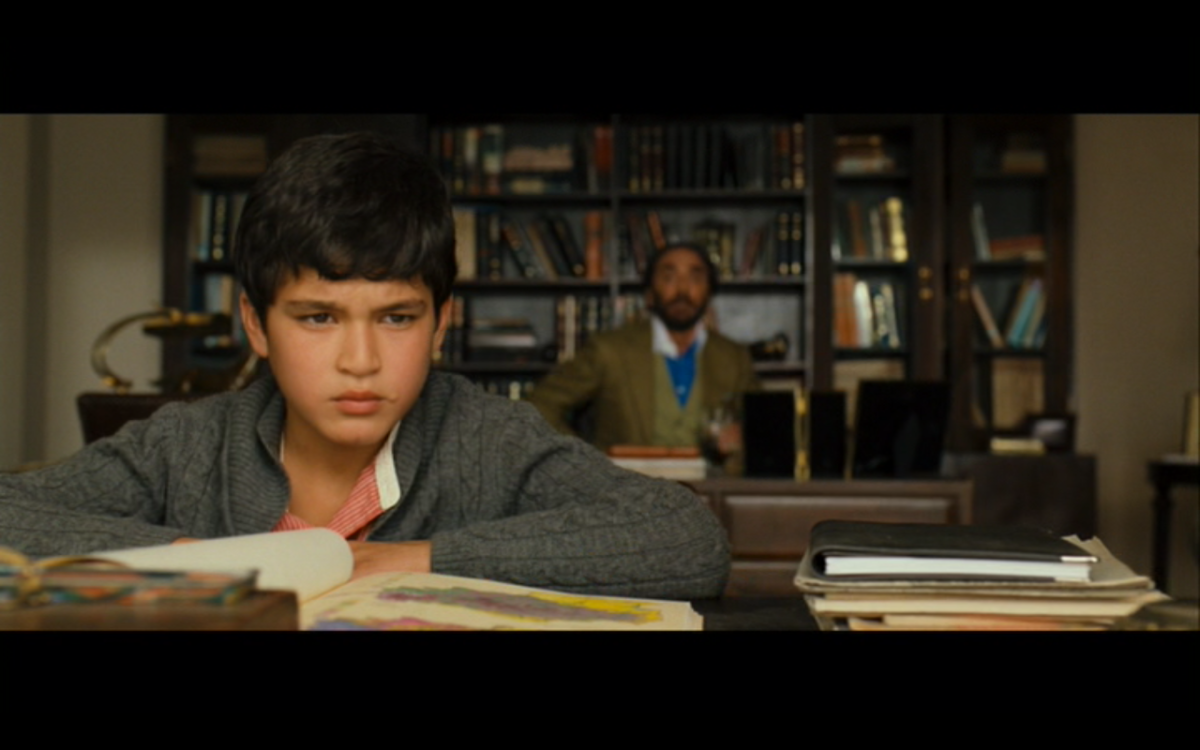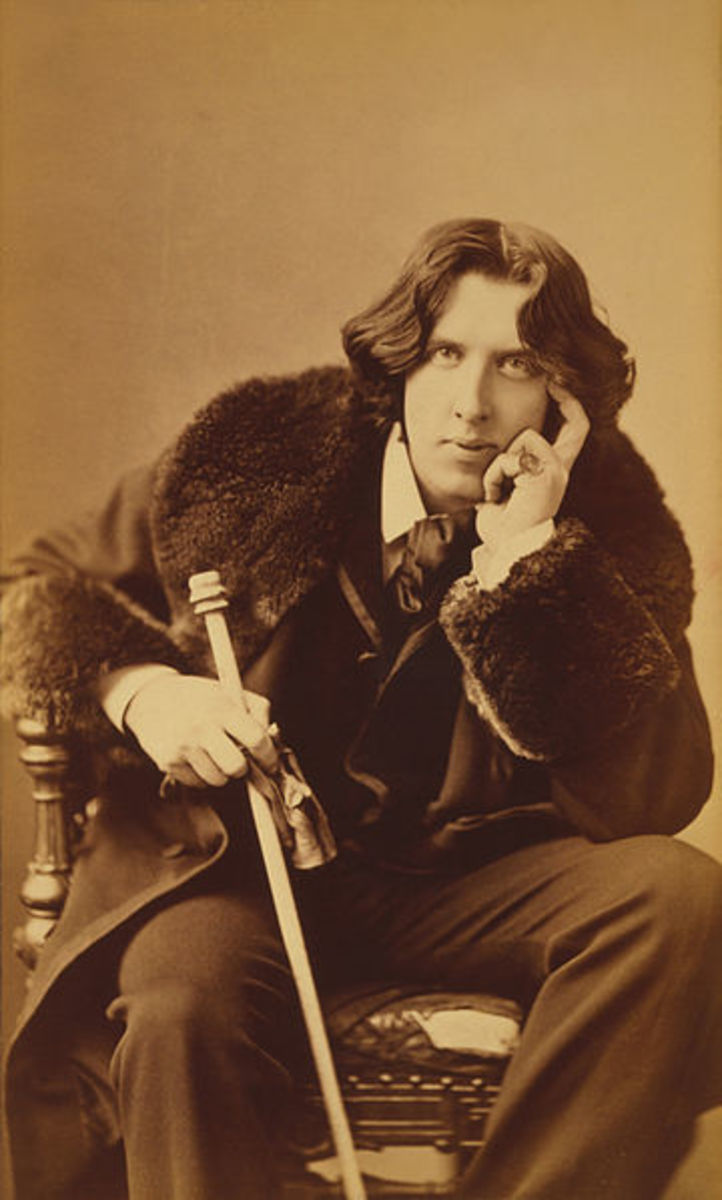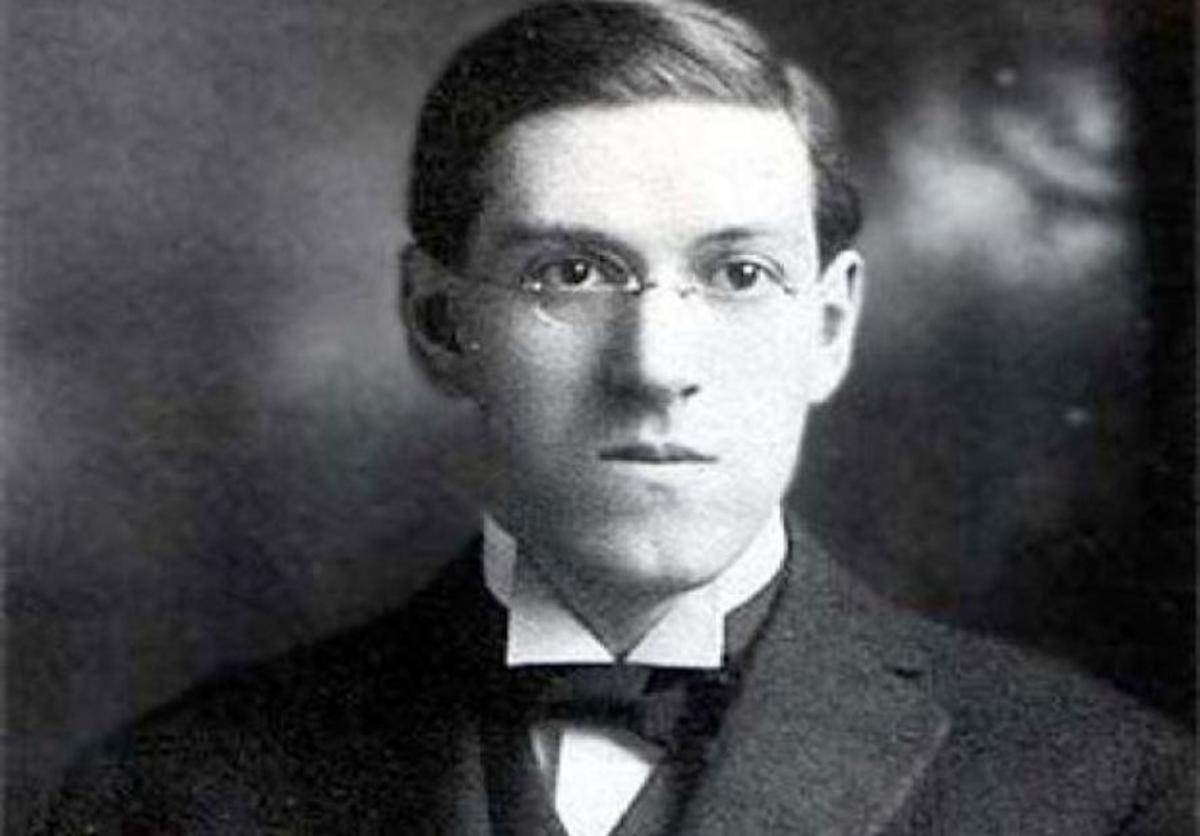- HubPages»
- Books, Literature, and Writing»
- Literature»
- Literary Criticism & Theory
'Everybody Goes' a short story by Michael Marshall Smith: An Analysis

“Everybody Goes” is a short story by Michael Marshall Smith from the collection entitled What You Make It (Smith, 2000: p. 39-46). Please be aware that the following piece contains spoilers and proceed accordingly.
“Everybody Goes” is written in the first person and the narrator is a child. Or so it seems at first. My first impression of this story was that it was similar Stephen King’s novella, “The Body” (King, 1995: p. 319). Kings story was written before Smiths, and was also adapted into the movie “Stand by Me” by the time Smith had written this, so maybe King was a source of inspiration for the piece. Regardless, for me anyway, King’s story influenced my expectations of “Everybody Goes” and possibly obscured the twist at the end for longer than it otherwise would.

The narrator of the story is a young boy named Pete and he tells of a summer’s day spent with his friends, Matt and Joey, on a trip to the local creek. A mysterious man shadows them during the day, watching their every move. The end of the story reveals that Pete is something other than a boy, as he never ages. The man turns out to be an old best friend of Pete’s who is visiting the area, reminiscing his childhood.
This story brought me back to my own childhood, and has made me think of past friends and the nature of friendship. Would I have liked to live as a child forever, keeping the magic and the innocence? Would I be like the man, Tom, revisiting old haunts, perhaps trying to recapture something that was lost? The best fictional pieces have the ability to bring about some sort of change in the reader and, for me, “Everybody Goes” does just that; it changed my perspective on my own childhood making me view it through a less nostalgic lens. Maybe it is necessary to be of a certain age to experience this; you may need to have some distance on childhood to fully appreciate it.
The twist at the end of the story was critical to this discovery. Up until that point it seemed like any other childhood nostalgia piece with the mysterious man (who turned out to be Tom) as antagonist. Smith skilfully creates a tense feeling and the reader is focused on Tom as a threat; did Tom do something to Matt? Instead we are given a nice plot twist that throws Pete in a different light. The first person narrative is important here because it shows us that Pete is a young boy, he is not just pretending to be one. This makes the reveal at the end of the story all the more unexpected. By the end we don’t even know what Pete is, only that he is tired. He stays the same “but everybody goes” (Smith, 2000: p. 46).
References
King, Stephen, 1995, Different Seasons, London: Warner Books.
Smith, Michael Marshall, 2000, What You Make It, London: Harper Collins Publishers.









